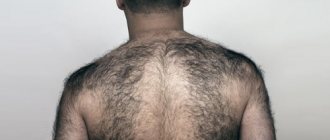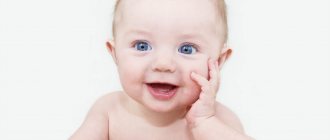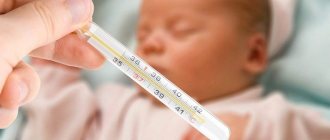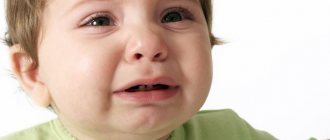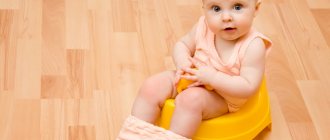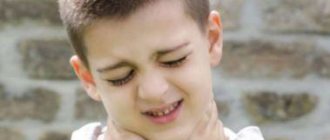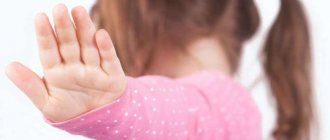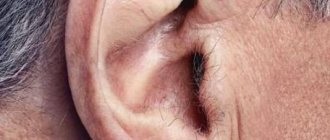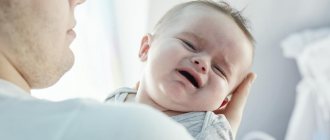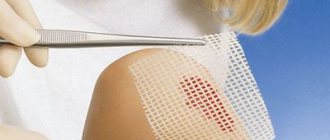What is lanugo
Lanugo is the primary hair coat formed by the finest small hairs. It is distinguished by its lack of pigmentation. There is no hair on the genitals, lips, palms, or soles.
The first hairs appear around the 12th week of pregnancy. Most of them fall out before childbirth. Sometimes they remain on the body of a small child for several weeks. The hairs perform a protective function by retaining the original lubricant.
Note! Premature babies have thicker hair on their skin.
While the baby is in the womb, lubricant protects the baby from the effects of amniotic fluid. During childbirth, it facilitates the movement of the baby through the birth canal. Lanugo retains this lubricant, warmth and protects the baby's delicate skin from minor injuries. Its appearance is a natural feature of the development of the human body. Loss of this natural hair occurs without any discomfort.
Hair on ears, back
Body hair in newborns is completely normal. After all, they serve to protect the child from adverse factors.
Important! Lanugo does not cause anxiety to babies and does not cause poor appetite or sleep.
It is also normal if there is thick fluff on the newborn’s body. Even if a baby is born hairy, it is not dangerous for him. The lanugo will be replaced step by step by fine hairs that will remain throughout life. This also applies to the fuzz on the ears and back.
Hairs on the back of a baby
Sometimes newborn babies may develop gray hairs. As a rule, after a few weeks they are replaced by regular ones. The appearance of gray thin hairs on the skin of a newborn is a natural phenomenon.
Reasons for appearance
During the development of the embryo, all kinds of processes are activated, and the formation of hair is natural.
A child is born with hair on his head, sometimes there is a lot of it, and in some cases it is a small fluff.
But sometimes a newborn is born with small hairs on the shoulders, back and ears.
Don't worry, in most cases this is a natural phenomenon and the hairs will disappear on their own after some time.
By the age of 3 months, the baby has only a small fluff on his body. If the bristles begin to harden and do not disappear by 4 months, then you should consult a doctor; it is likely that the child has genetic abnormalities. In this case, the pediatrician will refer you for a special examination.
Lanugo occurs while the fetus is still in the womb - at the 12th week of development.
As the fetus grows larger, the coarse hairs, which gradually die off, are replaced by unnoticeable fluff.
It is worth noting that lanugo in the fetus is a protective reaction of a small organism; it does not pose any danger.
In the womb, the baby’s body secretes a specific waxy substance that helps it pass unhindered through the birth canal during childbirth. Hairs are necessary to ensure that as much lubricant as possible lingers on the skin. In addition, the substance that accumulates on the bristles prevents amniotic fluid from affecting the baby’s skin.
As you can see, lanugo in a newborn is a common physiological phenomenon. A small bristle normalizes heat exchange in a child and can protect against minor scratches and injuries.
Some mothers wonder why the hair does not die off after the birth of a child? There are several reasons for this:
- the most common reason encountered in medical practice is prematurity. If a child is born prematurely, then his body is not yet fully formed and the hairs simply did not have time to disappear in time;
- stigmas, or abnormal hair growth. This disease is detected only after a complete examination of the newborn, prescribed by a doctor;
- heredity that cannot be discounted. For example, people with Caucasian roots have increased body hair. And if the baby has similar roots, then it is likely that lanugo will persist for a long time after birth;
- a pathology that is worth thinking about - hairs remain on the child’s body after several months have passed since birth. In this case, complex treatment is prescribed.
We suggest you read: Hair change in newborns
Causes of lanugo
Tremor of the limbs in newborns - what is it, when does it go away
Original hairs do not fall out for the following reasons:
- Prematurity. This is the most common reason why a child’s hair does not have time to fall out.
- Abnormal hair growth. Only a pediatrician can discover the cause of this phenomenon after a detailed examination of the baby.
- Genetic disposition.
- Pathological hair development. It is customary to talk about the disease if increased hairiness on the baby’s body lasts for six months.
In some cases, lanugo does not go away. Over time, small hairs cover the entire human body. They are not found on the palms and soles. This manifestation is characteristic of Wolfman syndrome, or congenital hypertrichosis.
Newborn care
Acne in newborns - what is it?
Sometimes grandmothers advise young parents to get rid of lanugo as quickly as possible. They recommend “rolling out” small hairs with bread crumbs. These tips are not only useless, but also harmful. Pulling small hairs sometimes causes injury. Even minor damage to the skin can cause infection.
The skin of a baby with lanugo requires careful care. Parents must ensure proper hygiene. Here are some of the most effective tips:
- You should bathe your baby regularly. When bathing, you must use a sponge or mitten. It will help remove hair from the body faster without causing damage.
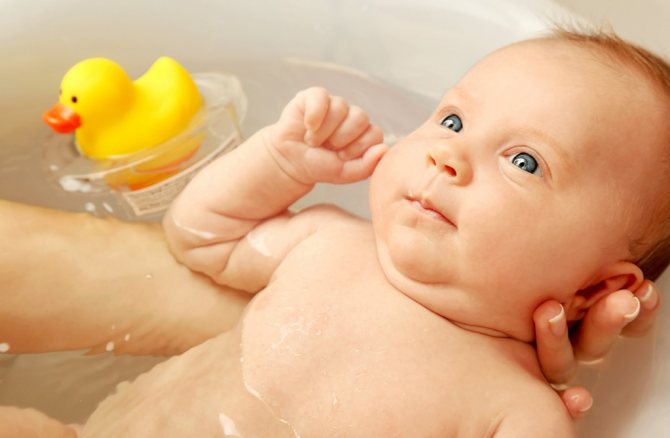
Bathing a baby
- It is advisable to make baths with the addition of medicinal herbs. The sequence will be most beneficial for the child - it soothes the skin and helps relieve inflammatory processes.
- Dr. Komarovsky recommends periodically turning the baby over.
Sometimes lanugo can remain on the baby's ears. It won't go away on its own. To do this, you need to help the baby get rid of hairs. Doctors recommend:
- do gymnastics, while small hairs can be easily removed during active movements;
- rub the ears with a soft sponge or gloves;
- use a washcloth while bathing;
- wear a hat or cap.
If, after using baby creams and powders against skin irritation, the hairs roll into tufts, this creates additional discomfort. In this case, you need to bathe the baby 2 times a day (if, of course, this is necessary).
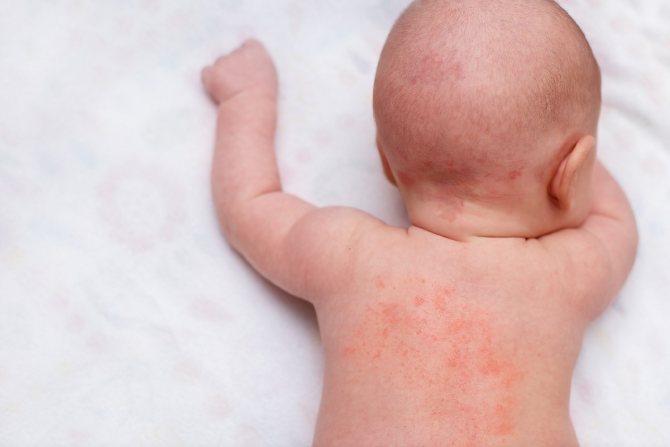
Baby skin irritation
Caring for hair on a newborn's head
When the child returns home from the maternity hospital, parents must bathe him daily, including washing his hair. It is imperative to give your baby your first bath using baby shampoo or soap. In the future, shampoo should not be used more often than once a week, since more frequent use can provoke not only the formation of a crust on the child’s head, but also various allergic manifestations.
A good alternative to cosmetic products for hair care for a newborn are decoctions of medicinal herbs such as string or chamomile, which have remarkable anti-inflammatory properties. As for shampoos for newborns, parents should use only special baby products with a neutral pH level that do not contain sodium lauryl sulfate.
Speaking about proper care of a newborn’s hair, I would like to remind parents of the basic rules for washing a baby’s hair, in particular:
- the temperature of the water for bathing the baby should be 37 degrees;
- After bathing, it is not recommended to rub the child’s scalp and hair too much; it will be enough to blot it with a cotton towel;
- after washing, it is necessary to carefully examine the baby’s scalp;
- if “scales” are visible on the child’s skin, you should carefully comb them with a comb for combing, but under no circumstances rip them off dry;
- If the child’s skin does not peel off, it is necessary to wipe it with a cotton swab soaked in sterilized baby oil.
The fontanelle, which we talked about above, should be treated with great care. This also applies to the hair washing procedure for a newborn. During this procedure, they should not be rubbed or pressed hard with your hands.
The hair on a newborn's head is different from that of an adult, as is the PH level of the skin. After returning home from the maternity hospital, you need to bathe and wash your baby’s hair every day. For the first time, washing your hair at home should be done using baby shampoo or soap to remove the microflora of the institution where the birth took place.
We suggest you read: Inflammation of the hair follicle on the face
In the future, it is also permissible to wash the child’s hair daily, but using shampoos no more than once a week, since more frequent use can lead to the formation of a crust on the baby’s head, as well as allergic reactions. An alternative to all hair care cosmetics can be the use of infusions of string or chamomile, which have anti-inflammatory properties.
To wash the hair of newborns, it is recommended to use only products specially manufactured by the chemical industry under the slogan “No Tears” and with a neutral PH level. These are shampoos and soaps that do not contain sodium lauryl sulfate.
What is prohibited to do
It is strictly forbidden to shave the lanugo. This procedure causes enormous harm to the baby. Also, you should not trim small hairs due to the risk of injury.
TTH in newborns - what is it, symptoms and treatment
Do not use peeling or epilation products. They absolutely cause a severe allergic reaction, a chemical burn.
Note! Trying to pluck small hairs from the skin with tweezers is bullying a child. He is in pain. In addition, the risk of infection increases.
Particularly dangerous is the advice to “evaporate” lanugo. With this barbaric procedure, it is recommended to wrap the steamed baby in cling film and cover it with a towel. Because babies have a completely different ability to generate heat, they may suddenly develop heatstroke.
There is no need to roll out the baby with dough or a boiled chicken egg. Such a procedure will only contribute to the development of infection. The hair may not disappear after this.
The dangers of lanugo for babies
Thin and colorless hairs do not cause any discomfort to the baby and are harmless. Hair growth goes away within a few weeks. If parents think when they see lanugo in newborns that it is dangerous, they should pay attention to some important points:
- Lanugo are hairs that did not disappear during fetal development. They will definitely all fall out in a month or two, there is no need to panic about this.
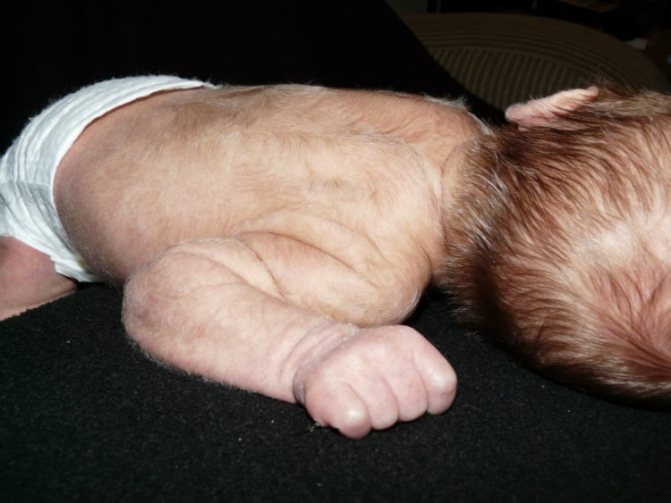
Newborn baby with body hairs
- Hair on a baby's body cannot cause any problems. Even if hormone levels are elevated, parents do not need to worry.
- There is no need to believe the myths that hairs are dangerous and use traditional medicine to eliminate them. Only baths with the addition of medicinal herbs are useful for a child.
If the hair doesn't disappear
In some cases, lanugo can remain on a child's skin for several months. There is nothing dangerous about this. After consultation with a pediatrician, you can use Fenistil gel.
If the vellus hair in a newborn has not disappeared, but, on the contrary, has increased, you need to consult a doctor. Only after a comprehensive diagnosis can the child be prescribed effective therapy.
Important! It is strictly forbidden to self-medicate if lanugo does not go away before 6 months of age. The “folk remedies” used in this case can cause a severe allergic reaction, burns and skin damage.
Thin fluff on the body of newborns is not a sign of danger. It disappears forever a few weeks after birth, being replaced by regular hairs. There is no need to take any measures to remove them. If the thin fluff of newborns does not disappear, or even increases, you should consult a pediatrician.
Normal or pathological?
Sometimes babies are born completely without hair, while others have quite impressive hair - this depends, first of all, on hereditary factors.
If a baby is born with hair, then it is most likely soft, thin and weightless - these are the so-called vellus hairs.
Over time, they will completely change to new ones, harder, more elastic, and perhaps even change color.
This process of gradual hair replacement is completely normal. The cover that appears after the fuzz will not be exactly the same as that of an adult: the hair shaft will be thinner, so it breaks easily, for example, with rough combing.
In this regard, in the first year of life, caring for a child’s head should be very delicate.
Important. In a baby under one year old, the key difference between normal hair loss and baldness due to disease is gradual loss with replacement by new hair.
Typically, the loss of the first hairline ends by three to four months of a newborn’s life. The appearance of new hair lasts for each child in its own way, in an individual rhythm, usually reaching its peak at 6 months and ending at 12 months or one and a half years. Read more about hair loss in children under 3 years of age here.
However, complete hair growth will only be established towards the end of childhood and the beginning of puberty, that is, around the age of 11-12.
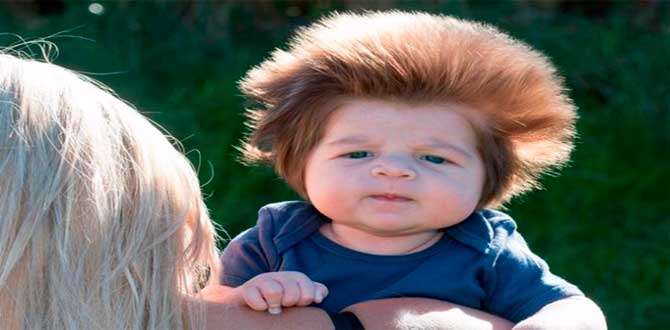
Important. If your hair has fallen out a lot overnight or your hair has begun to thin out, you should immediately consult a doctor.
